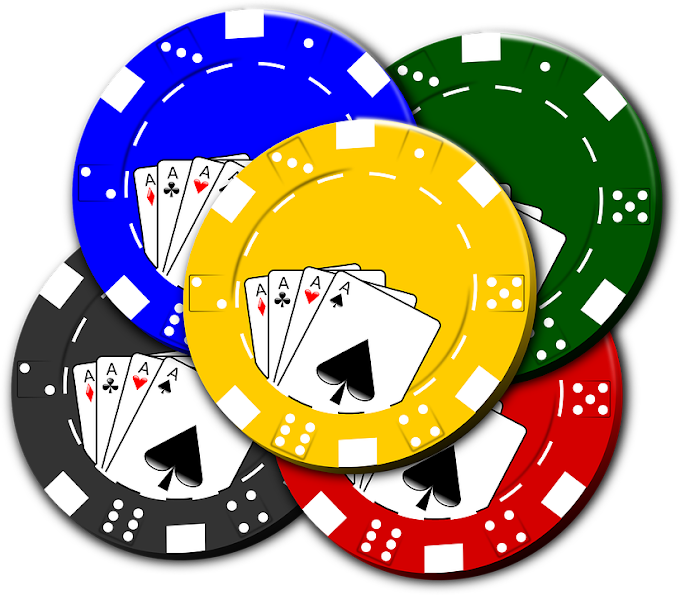4 Reasons Way Spread Betting Is Not Gambling
Trading rules
Any form of financial trading must use a set of rules. The search for the best spread trading style can verge on a philosophical quest for some as it involves a certain mind set and the ability to control behavior. Spread trading rules and strategies are designed to remove the element of chance from trading.
Traders do not fear the market
Spread trading should not produce any form of emotion in the trader. Emotions are what produces the pleasure with gambling. They can lead to over trading and can quickly erode the trading account. A key rule is to accept that some trades will lose money. Losses will always be a part of trading. Do not fear loses or enjoy gains. Remain emotionless and follow the rules.
Technical analysis
Technical analysis forms the nuts and bolts of deciding upon entry and exit points for a trade. Asset price charts are used for technical analysis. Various indicators like moving average and volume adds lots of extra information to a plain price graph. Asset prices tend to follow repeating patterns, and often react in a predictable why when certain criteria are met, producing recognisable price formations. Coupled with a knowledge of price formations charts help point to levels where trades should be entered and exited.
The trailing stop loss
The stop loss is the most powerful tool to help reduce losses. Spread trading strategies aim to reduces loses and increase profits and the trailing stop loss is the way to do it. After a trade is opened the stop loss order prevents the trade losing more than a predetermined amount of money. A trailing stop loss follows the asset price up or down when the price is heading in a profitable direction. It is never moved further away from the current price if the trade is negative as this would only increase the potential loses. Positioning the stop loss if very important as it can cause potentially profitable trades to be closed out to early either producing a loss or limiting gains. Technical analysis using moving averages and charts is an affective way to determine the level of stop loss.
Trading rules
Any form of financial trading must use a set of rules. The search for the best spread trading style can verge on a philosophical quest for some as it involves a certain mind set and the ability to control behavior. Spread trading rules and strategies are designed to remove the element of chance from trading.
Traders do not fear the market
Spread trading should not produce any form of emotion in the trader. Emotions are what produces the pleasure with gambling. They can lead to over trading and can quickly erode the trading account. A key rule is to accept that some trades will lose money. Losses will always be a part of trading. Do not fear loses or enjoy gains. Remain emotionless and follow the rules.
Technical analysis
Technical analysis forms the nuts and bolts of deciding upon entry and exit points for a trade. Asset price charts are used for technical analysis. Various indicators like moving average and volume adds lots of extra information to a plain price graph. Asset prices tend to follow repeating patterns, and often react in a predictable why when certain criteria are met, producing recognisable price formations. Coupled with a knowledge of price formations charts help point to levels where trades should be entered and exited.
The trailing stop loss
The stop loss is the most powerful tool to help reduce losses. Spread trading strategies aim to reduces loses and increase profits and the trailing stop loss is the way to do it. After a trade is opened the stop loss order prevents the trade losing more than a predetermined amount of money. A trailing stop loss follows the asset price up or down when the price is heading in a profitable direction. It is never moved further away from the current price if the trade is negative as this would only increase the potential loses. Positioning the stop loss if very important as it can cause potentially profitable trades to be closed out to early either producing a loss or limiting gains. Technical analysis using moving averages and charts is an affective way to determine the level of stop loss.




0 Comments